By Robert M. Hausman
While New York, with its onerous gun laws, is no paradise for firearm aficionados, one small arms devotee has managed to amass an extensive collection of machine guns, destructive devices, and armored vehicles. He owns so many, in fact, that he had to build a museum to contain it all.
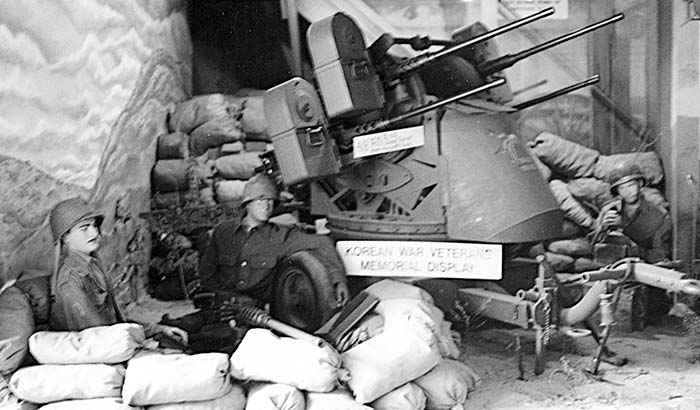
William “Bill” Gasser, current director of the American Armoured Foundation, Inc. Tank and Ordnance War Memorial Museum in Mattituck, Long Island, New York, is a lifelong collector of militaria. He began collecting when, still a child, he visited flea markets and purchased helmets, uniforms and bayonets. When reaching his teens he began collecting surplus military rifles and he says by the time he was 17, he had one of the largest collections in the state. Then he developed an interest in restoring old cars and this eventually led him into collecting military vehicles.
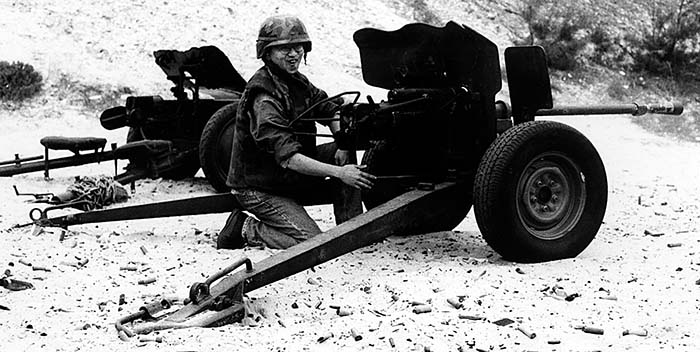
(Robert Hausman Photographer)
In 1981 he founded the American Armoured Foundation as a non-profit charitable corporation that can receive tax deductible donations. The corporation purchased an 8,000-square-foot building in Mattituck, Long Island to house the collection.
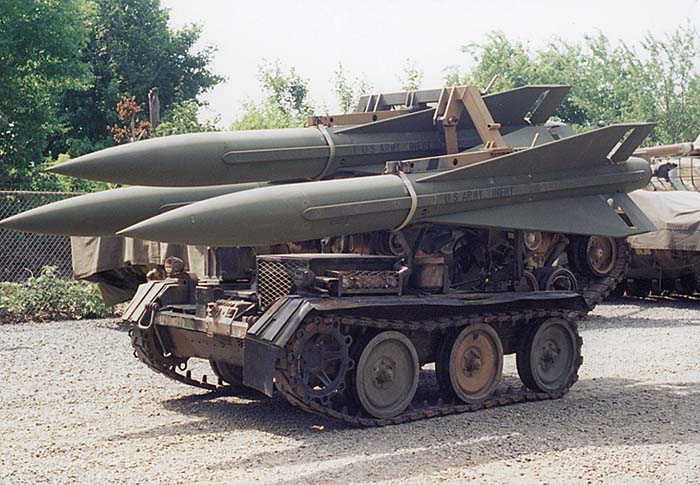
Part-owner of a large machine shop, Gasser devotes about 85% of his income to the museum’s acquisitions and operations and seeks volunteers to help out in vehicle restorations and to act as tour guides for museum visitors.
In the past, one day per year, AAF held its annual shoot at the Calverton Long Island Shooting Range. Past year’s events have featured a variety of heavy duty firearms and cannon including a 20mm Lahti, 25mm Hotchkiss, .55 cal. Boyes anti-tank rifle and a Russian PTRS. Members of the local National Guard unit often bring down Browning or other U.S. government owned machine guns for the firing demonstrations.
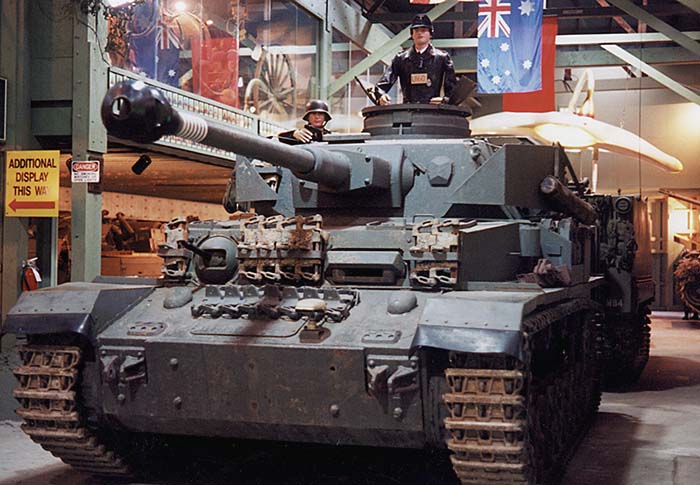
In the museum collection, there are about 50 machine guns, about 70 destructive Devices, over 95 tanks and artillery pieces dating from the War of 1812 through the Gulf War, 350-plus helmets, over 300 uniforms, 40-plus rifles and thousands upon thousands of other military memorabilia.
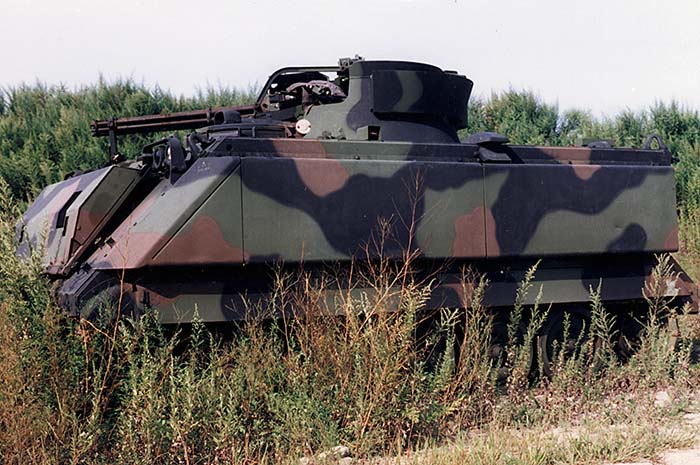
Gasser also displays several flame throwers. The most common type encountered today is the unit made famous during World War Two which was worn on the back by a member of an infantry team. Also on exhibit is a U.S. vehicle mounted flame thrower. Developed during World War Two, it was found that an infantryman carrying a body mounted flame thrower often had difficulty getting within effective range of the target due to enemy fire. The limited fuel capacity of the man carried model was a factor in mounting them on tanks and armored vehicles to allow a closer approach to the enemy as well as greater fuel carrying capacity.

At the annual shoot, Gasser straps his reconditioned portable flame thrower on his back and fires it to the delight of the crowd of spectators who always attend. There is an obvious danger in working with the device as it is composed of two tanks carrying an explosive, highly flammable mixture under several thousand pounds of pressure which is strapped to the firer’s back. Should there be the slightest flaw in the system, the operator can be instantly incinerated.
Gasser explains the feeling of unleashing the firestorm from the unit’s nozzle as, “There is nothing to compare to the sheer awesomeness, the incredible power, the devastation.” When he is not firing flame-throwers, Gasser spends much of his time restoring and driving tanks, firing cannons and emptying machine gun drums and clips.
Noteworthy Exhibits
Among the more interesting specimens in the museum’s collection is a Russian Model 37 3.7cm anti-aircraft gun that is a copy of the Swedish Bofors designed 1936 Model 40 anti-aircraft gun. Similar designs were used by Japan and Nazi Germany. Captured by U.S. forces in Cambodia, this gun still has Cambodian bamboo under the seat. It also has a bullet hole in the gun sight that would have decapitated the gunner if he were in position when it was hit.

A U.S. U.D.M. ’42 submachine gun built by Marlin Firearms Co. in 1942 is also worth noting. Only about 15,000 were produced and it is believed the OSS was one of the main users in its operations in Europe and the Far East.
A German MG42 Maschinengewehr, captured by the Minnesota National Guard during the 1944 D-Day invasion, may be seen. The MG42, a much refined version of the MG34, was built in numbers totaling about 750,000 (according to AAF) with many captured guns used by the post war French Army.

Also on display is a U.S. M115 8-inch Towed Heavy Howitzer. Weighing 16 tons, its 200-pound projectile has a range of almost 11 miles. This Howitzer cost $65,784 to build in 1944. Obtained from an Army scrap yard, AAF’s example came complete with its firing record showing it had expelled up to 382 rounds before taken out of service.
Contact Info
For the machine gunner, military collector, veteran, or student of small arms, the AAF museum is hard to beat for enjoyment and interest. It is open Memorial Day through Labor Day, Wednesday through Sunday from 11 a.m. to 4 p.m. From Labor Day through Memorial Day it is open only on Sundays. Admission is $6. for adults, $5 for children under 12, while kids under 4 are admitted free. For more information call 516-588-0033. To get there, take the Long Island Expressway (495) to exit 73, then Route 58 East to Route 25 and continue East to Mattituck. Make a left at the blinking yellow light onto Love Lane. Don’t forget to bring your camera.




| This article first appeared in Small Arms Review V1N8 (May 1998) |











